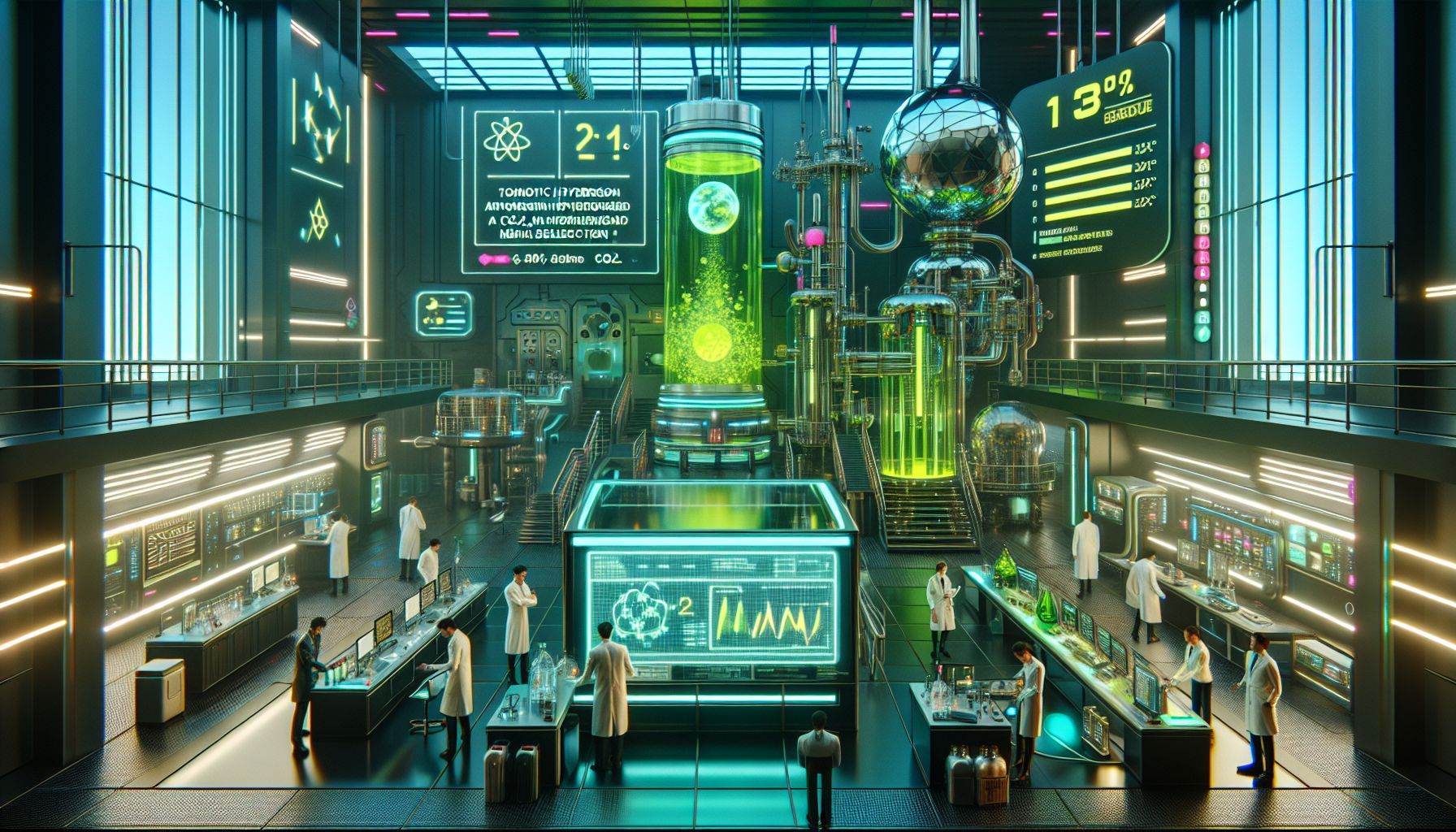Atomic Hydrogen Breakthrough: A Game-Changer for Green Methane Production

Tokyo, Thursday, 21 November 2024.
Scientists at Tokyo Institute of Technology have achieved an 11-fold increase in CO2 conversion using plasma-derived atomic hydrogen at just 230°C. This revolutionary breakthrough in low-temperature methanation could transform carbon capture technology, making it more energy-efficient and environmentally friendly. The process achieves an impressive 98% methane selectivity, marking a significant step towards sustainable fuel production.
A Radical Shift in Methanation
I was amazed to learn how plasma-derived atomic hydrogen (PDAH) is shaking up the world of carbon capture. Imagine converting CO2 into methane efficiently at low temperatures! That’s exactly what the scientists at the Tokyo Institute of Technology have done. By using the Eley−Rideal-type reaction channel, they’ve managed to supercharge the methanation process. The best part? It all happens at a mere 230°C, which is usually a temperature where these reactions would be sluggish or require extra energy input[1].
Unpacking the Eley−Rideal Magic
The secret sauce here is the Eley−Rideal-type reaction pathway, which, quite frankly, sounds like something from a sci-fi movie. But it’s real and has a knack for boosting reactions by lowering energy barriers. The PDAH reacts with CO2 on the catalyst surface directly, skipping some of the usual steps. This means less energy spent and more methane produced – a whopping 98% selectivity, they say. It’s like hitting the jackpot in the world of green chemistry[1].
The Technical Wizardry Behind It All
Here’s the technical bit that makes my inner science geek excited: the researchers used a packed-bed dielectric barrier discharge (DBD) reactor. This setup, armed with Ni/Al2O3 catalyst, seems to have been the perfect match for boosting CO2 conversion rates. The results were 11 times higher than what you’d expect from conventional thermal catalysis. It’s like moving from a bicycle to a sports car in terms of reaction speeds. Plus, the DBD reactor cleverly avoids heating the product gas, which prevents unwanted by-products. Now that’s smart engineering![1]
Implications and Future Horizons
The implications of this breakthrough are vast. Professor Tomohiro Nozaki, the mastermind behind this research, believes that PDAH’s role could extend beyond methane production. Think of other catalytic hydrogenation processes like methanol or ammonia synthesis. This could be a game-changer for the Power-to-X concept, which aims to convert renewable energy into chemical energy. With plasma technologies driven by renewable energy, we might just be on the verge of a low-carbon society[1].
A Personal Reflection
Reading about these advancements, I can’t help but feel optimistic about our future. If we can turn something as abundant as CO2 into useful fuel while saving energy, we’re not just dreaming of a sustainable future – we’re building it. I envision a world where these technologies are everyday realities, powering everything from our homes to industries. It’s a thrilling time for science and for all of us looking forward to a cleaner, greener planet.